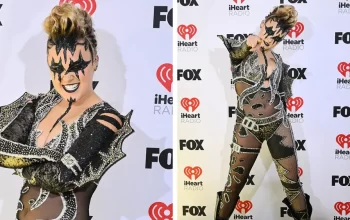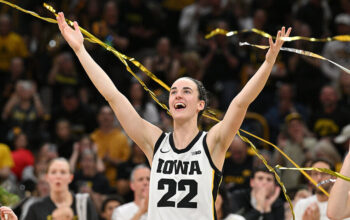Holly Santero, Senior Editor
@SanteroCourant
If you were one of the 24.5 million people who tuned into the Rio Olympics this summer, then you most likely noticed a sufficient amount of sexist reporting in the media. In a series of blog posts, I’ll be examining a few portrayals of women in the media and the implications that they have on their viewers. The first example that demonstrates the double standards in sports media comes from a video by CoverTheAthlete.com. In the video, reporters purposefully ask male athletes the same ridiculous questions that are given to female athletes, and their reactions are extremely telling.
With questions ranging from their love interests to the outfits they’re wearing, the reporter ignores the athlete’s actual accomplishments, mimicking the way female athletes are often treated. While interviewing 28-time gold medalist swimmer Michael Phelps, the reporter from Cover The Athlete ignores Phelps’s monumental achievements and instead asks an intimate and inappropriate question regarding how his shaving regime benefits his love life. Really? Are his freshly shaven body parts taking the spotlight over his record breaking performances? After a few more examples of ludicrous questions like these, the video then goes onto mocking sports commentary, pointing out the irrelevance and unprofessionalism of comments regarding “great biceps and tiny tanks.” The reporter’s keen observations demonstrate how carelessly commentators sexualize athletes and imply that the their appearances overpower their actual performances.
How did the male athletes react? Shockingly enough, not so well. All of the male athletes featured in the video retaliate with either confusion or immediate anger. Although Phelps maintains a smile, he begins looking around, wondering why he would be asked such an absurd question. Russell Westbrook, however, gives the interviewer a firm piece of his mind. Instead of brushing it off, he doesn’t hold back his anger and lets the reporter know that he won’t stand for ludicrous questions regarding his outfit or “giving him a twirl.” This type of firm retaliation that discourages these types of questions, however, isn’t often seen in the reactions of female athletes.
Tennis player Eugenie Bouchard, who is featured at the end being asked the same question as Westbrook, reacted uncomfortably with laughter. Her moderate response not only exhibits how accustomed female athletes are to sexist treatment, but also provides an explanation as to why this type of reporting has been continually acceptable. Laughter, although most likely in an attempt to remain calm and keep peace, is not nearly as effective as the anger displayed by Westbrook. It’s this lack of retaliation that enables the continuation of sexist reporting and stands as something that definitely needs to change if females are ever going to receive equal coverage in the media.
This video is only the first of a few examples of how sexist media coverage has been implicating a negative perception of women within society. In the next few blog posts, I’ll be exploring a few more pieces of media that demonstrate the sexist coverage of women in the spotlight, discussing their implications, and talking about the negative messages being fed to viewers. So stay tuned!



